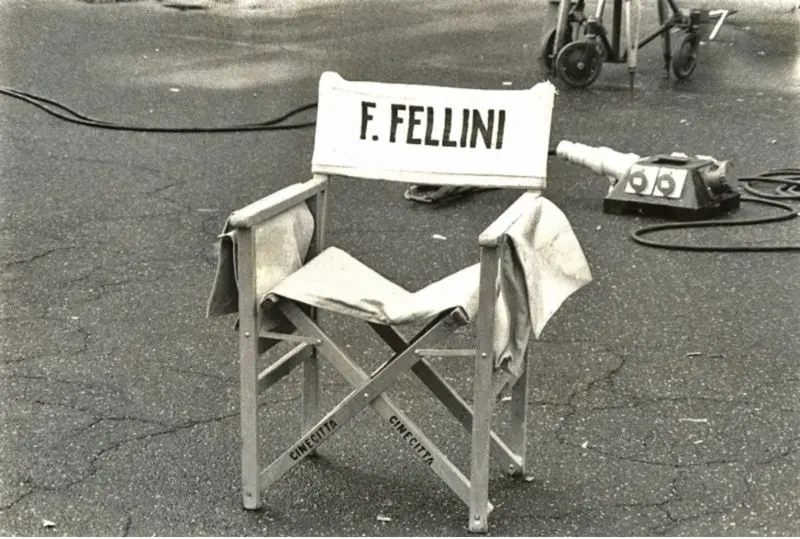

Fellini’s Rimini (real or otherwise)
Federico Fellini shot most of his masterpieces in the studios of Cinecittà, on purpose-built sets, or in the surroundings of Rome, however some places from his childhood and adolescence were also used, evoked or faithfully reconstructed by the set designers from Danilo Donati to Dante Ferretti who worked closely with him over the years. The director wanted to evoke the atmosphere and characters that he loved and had experienced growing up, with detachment, or rather, with a good dose of imagination. Donati imagined and built a borgo in Cinecittà for him which encapsulated many elements of Rimini blended with others that were entirely fictional. A Rimini described by the director as “a dimension of memory”.
Print itinerary